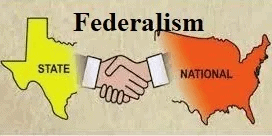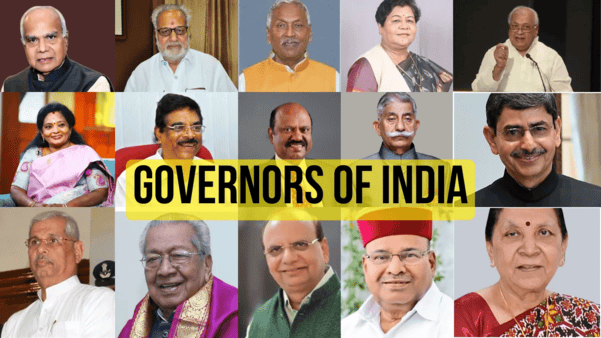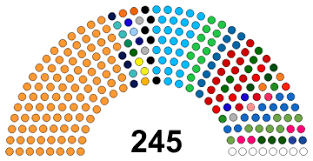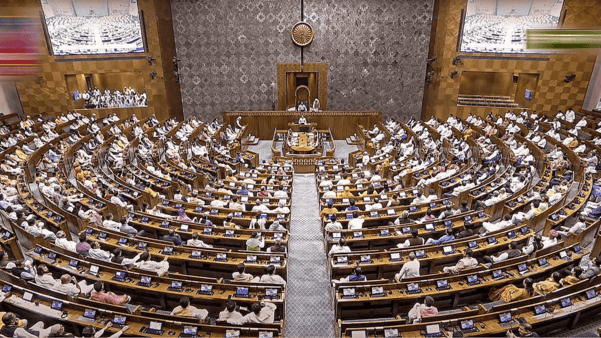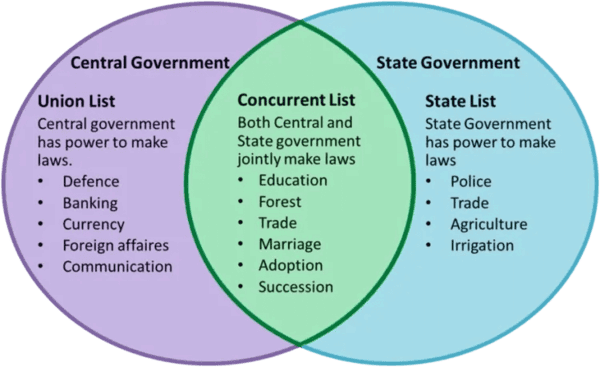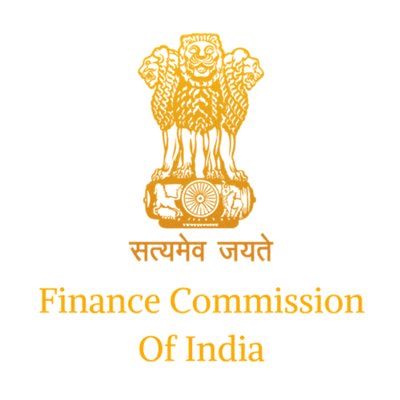|
Federalism is a system of government that divides powers between ___ and its constituent parts such as states or provinces. |
Card: 1 / 36 |
|
The Indian federal system can be described as a quasi-federal system because it has features of both ___ and ___ systems. |
Card: 9 / 36 |
|
More power vests with the Centre in the Indian federal system because of the ___ List. |
Card: 15 / 36 |
|
The All India Services, such as the IAS and IPS, allow the Centre to interfere in the executive powers of the states.  |
Card: 18 / 36 |
 Unlock all Flashcards with EduRev Infinity Plan Starting from @ ₹99 only
|
|
True or False: The Lok Sabha has equal powers to the Rajya Sabha in the Indian legislative framework. |
Card: 19 / 36 |
|
Fill in the blank: The ___ List allows the Parliament to make laws that can override state legislation. |
Card: 23 / 36 |
|
What is the implication of single citizenship in the context of Indian federalism? |
Card: 25 / 36 |
|
In India, citizens have single citizenship, meaning they cannot be citizens of both a state and the country separately. 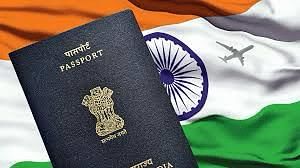 |
Card: 26 / 36 |
|
True or False: The absence of fiscal federalism in India allows for equal distribution of tax revenues between the Centre and the States. |
Card: 29 / 36 |
|
False. The absence of fiscal federalism leads to an imbalance where the Centre has greater powers of taxation. 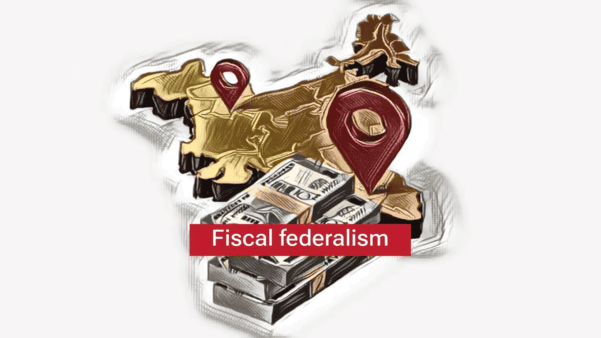 |
Card: 30 / 36 |
|
Fill in the blank: The Indian Constitution provides for a mechanism called the ___ to determine the share of the States in Central tax revenues. |
Card: 31 / 36 |
|
What percentage of Central revenues are currently transferred to the States in India? |
Card: 33 / 36 |
|
What potential conflict arises from West Bengal's demands regarding the Teesta river waters treaty? |
Card: 35 / 36 |
|
West Bengal threatened the treaty due to potential costs that could affect the state. 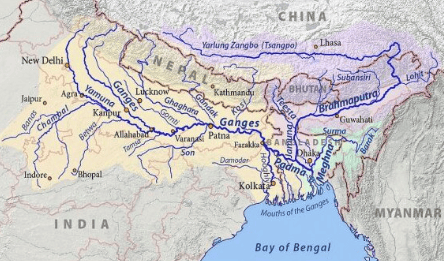 |
Card: 36 / 36 |





